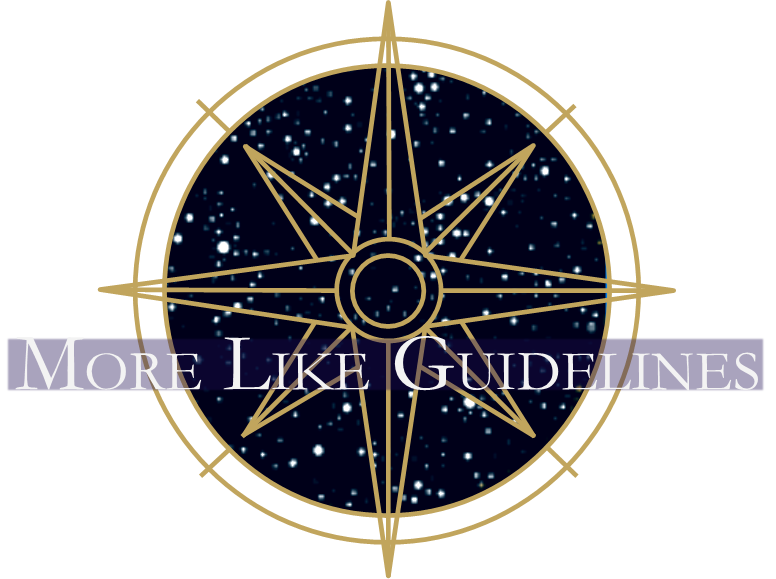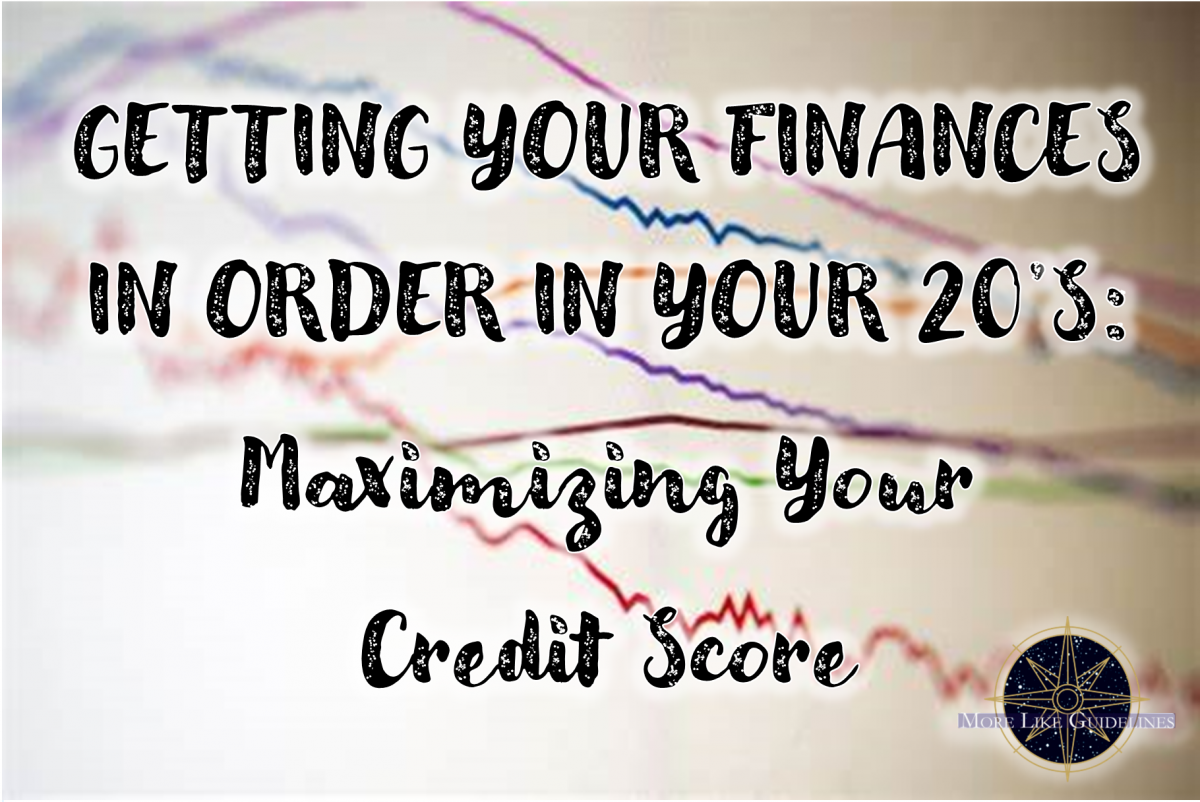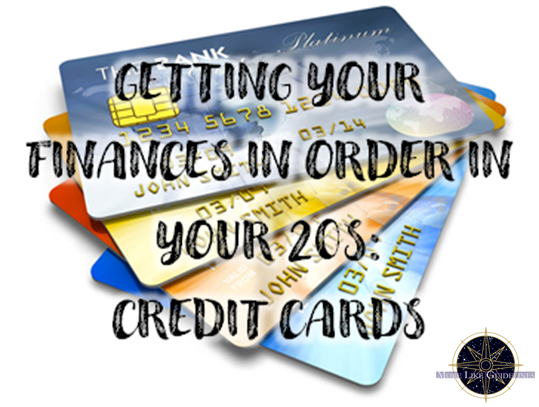Everyone talks about credit score, but who cares? Honestly, you should. A good or bad credit score can be the difference between getting your dream apartment or not, or getting a good rate on student and car loans. Fortunately, it is extremely easy to make your credit outstanding.
Before I go into how to boost your credit score, please make sure you understand how credit cards work, and consider whether you are ready to take on the responsibility of a credit card. I go into the ups and downs of credit cards here.
There are 6 different factors to determining your credit score. They are weighted differently so some of them are more important than others.
Time
This factor is the one you can control the least, so don’t worry too much about it. The average age of your credit is determined by averaging all of your qualifying accounts: loans & credit cards. The best thing to do is keep a good credit card open for as long as you can. It is also why you don’t want to open and close accounts too frequently. Your oldest card could be 10 years old, but if you open a new account you could greatly lower your average age. I’m not saying don’t open new accounts, but don’t do it with any great frequency. You don’t want to have to manage that many accounts anyway.
Credit Usage
This is an important factor, not just to get your score higher, but to keep your finances healthy. When you are granted credit in the form of a credit card, you are given a maximum of available credit also referred to as a credit limit. When your credit score is low, your maximum available credit will be low. As your credit gets better, it will increase. So let’s say your first credit card gives you $5,000 total credit. You cannot spend more than your credit limit at any one time. All of your available credit limits are added together to get a total available credit. So if you have 2 credit accounts with $5,000 each, you have $10,000 of available credit.
Now don’t get too excited. You don’t suddenly have $10,000, this is the trap they try to get you with. This factor is determined by available credit and the credit you’ve used. Credit you’ve used is as simple as any purchases on the card that you have not paid off, in other words, the balance of the card. The percent of used credit should be as low as possible to have a this factor be considered excellent.
Using our example above, if you have $200 worth of purchases on your balance yet to be paid off, and a credit limit of $10,000; your usage would be 2%. Once you pay off your $200 balance, your usage would be 0% – the absolute best score for this factor.
The best way to use a credit card is to use it as a debit card.
What do I mean by this? What I DON’T mean is that you should use it to take money out of the bank, ATM, or cash back at the cash register. That is essentially taking out a small cash loan at a ridiculous interest rate. DO NOT DO THAT!
What you should do is only make purchases that you currently have funds for in the bank (just like how you can’t use a debit card unless those funds exist already). Once your purchase hits your credit card account, pay that off right away! This practice is single-handedly the fastest way to boost your credit score. By doing this, you will almost always have a 0% credit usage, plus it will also guarantee on-time payments.
On-Time Payments
This is probably the most important factor along with credit usage. Late payments are a huge red flag for potential lenders or landlords. If you don’t follow any of my other advice, follow this.
Always make your payments on-time.
If you follow my advice about paying all of your purchases in full, immediately, then you won’t have to worry about late payments. You will automatically have all of your payments taken care of way before they are due, and it won’t cost you extra like waiting and only paying your required amount. Letting the rest of the amount obtain interest is a great way to pay way more than the original cost of the item. Personally, I don’t like to pay more than I have to.
Now of course, you can’t pay off a student or auto loan in full right away or you wouldn’t have them to begin with. Make sure that you always pay your minimum due on-time or early to avoid any bad marks on your credit history. If you are able to make larger payments than your minimum, definitely consider it. It can save you tons in the long run. I go into more detail in my post about student loans.
Credit Inquiries
This is a tricky factor. For some reason, an institute checking your credit, hurts your credit. I can’t give a good explanation for this beside that’s just how it is. This means that anytime you apply for a new loan, credit card, refinance, or apartment that checks your credit, you will get a ding to your credit score. This again means that you should not be applying for a whole bunch of new accounts too quickly. This is another low impact factor, but that doesn’t mean you want to ignore it completely.
What counts as an inquiry? There are 2 types of inquiries: Hard and Soft. A soft inquiry means that an institution is going to look at an unofficial credit score to get an idea of where you stand. Same way you may use Mint.com* or your credit card’s website to see your own credit score. Institutions typically do a soft inquiry to provide an estimate or determine quick eligibility before a formal application. Soft inquiries don’t affect your credit score.
Hard inquiries are the ones that will ding your score. These are official inquiries into your credit score, and results may differ than soft inquiries slightly. These are used to open new accounts or accept an apartment application. As you become less reliant on loans and credit, and own your own property, the less inquiries will show on your account. A hard inquiry can stay on your credit report for 24 months, but only affect your score for 12 months. Spacing out large financial decisions and new accounts can help lower the impact of credit inquiries on your overall credit.
Derogatory Marks
Derogatory Marks have a high impact on your score. Luckily, you can avoid them by being smart about your borrowing and only making purchases you can afford.
Derogatory Marks indicate irresponsible behavior regarding credit. Some things that could result in a derogatory marks are: accounts in collection, liens, and bankruptcies. Following the advice above will go a long way into avoiding a situation where any of these would be necessary.
Derogatory Marks stay on your credit report for at least 7 years. These are huge red flags to potential lenders and could make your life difficult in the future.
Ultimately, when the time comes to opening a credit card or obtaining a loan, please only take out what you need and keep your spending below what you have. This lifestyle may require some sacrifices in convenience or pleasure, but in the long run you will be able to enjoy more financial freedom and more luxuries in the future. I have followed these guides since opening my first baby credit card, and I am so pleased with my credit score.
Remember, these are more like guidelines anyway.
I am not a certified financial planner. Please consult with a professional before making any financial decisions. These opinions are my own based on my own experience.
*I am not affiliated or otherwise compensated by Mint.com or Intuit.


